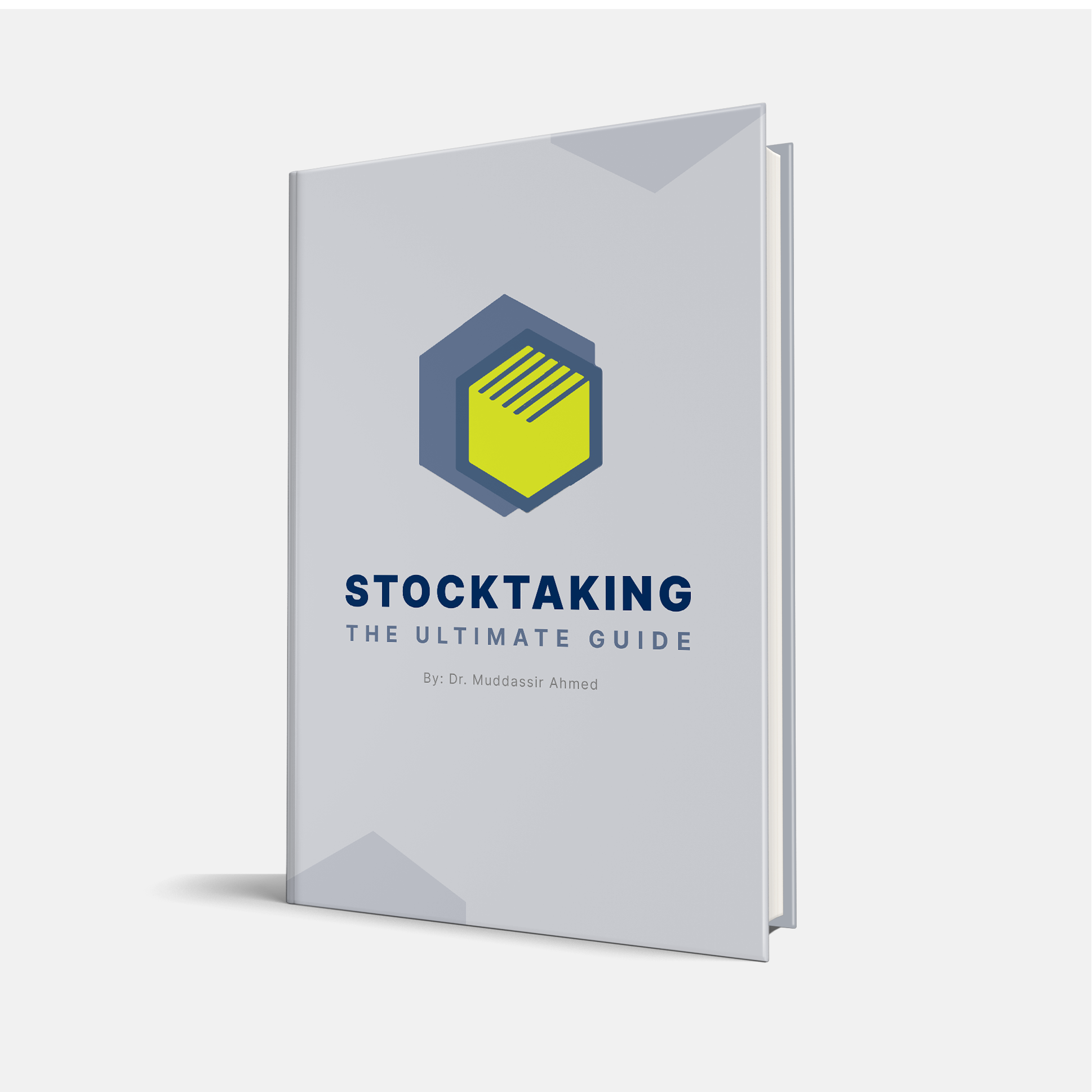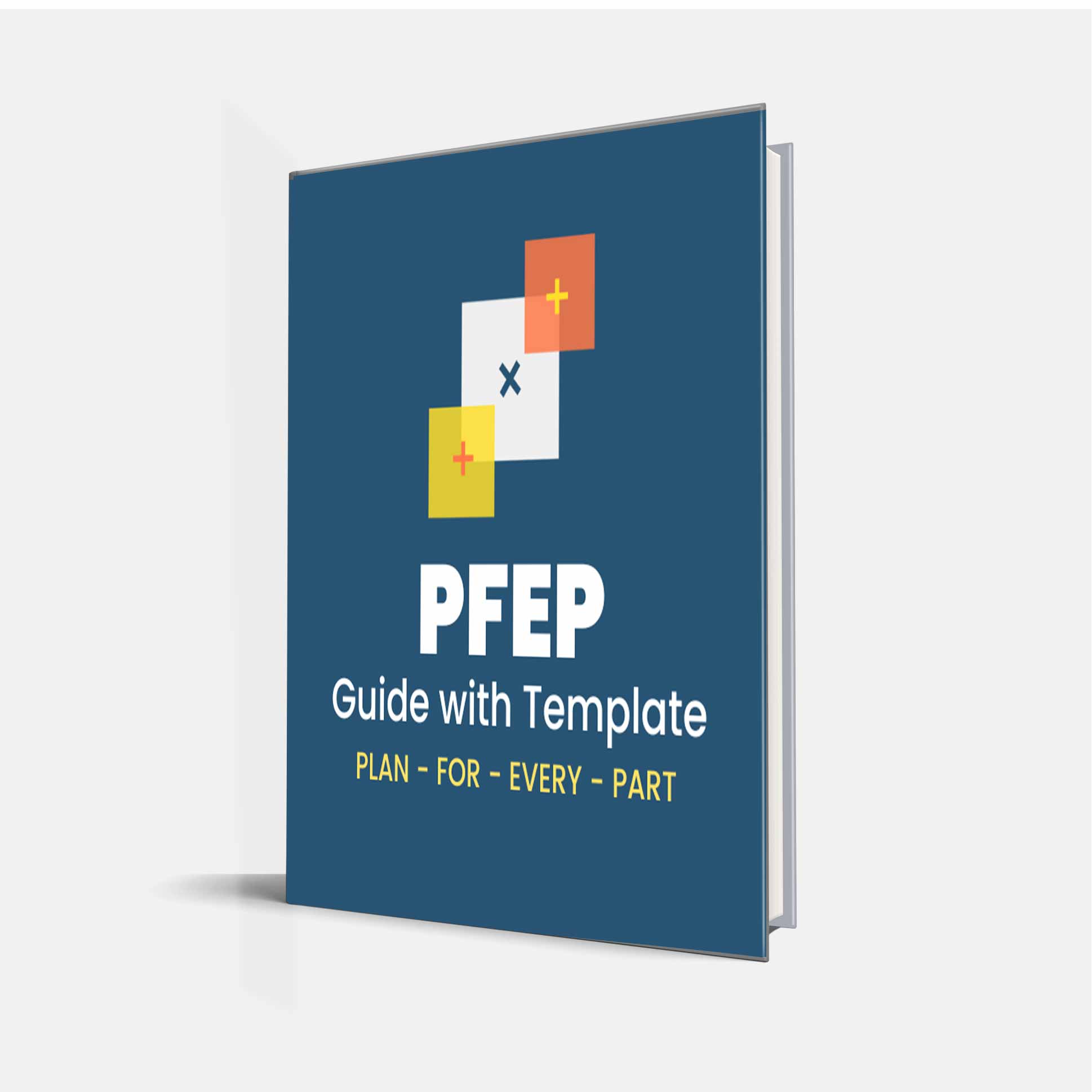Optimize Your Inventory: A Guide to Planning Methods
$20.00


This guide aims to describe the present use, application and characteristic of selecting various inventory planning methods and to explain how the methods are applied by supply chain professionals.
Poor Inventory Planning Symptoms
Before we dive into methods of inventory planning, we need to understand what are the symptoms and implications of using poor or no inventor planning methods:
- Increasing numbers of back-orders (also known as past dues)
- Increasing investments monetarily while no growth in sales
- High Customer Churn or low customer lifetime value
- Poor customer service or a high number of order cancellations
- Lack of sufficient warehouse and storage space
- Lack of proper production capacity capitalization
- Worsening relationships with key customers and distributions
- High qty of obsolete stock and/or high inventory which you don’t need
With inventory planning, the significant functions comprise demand analysis and order of new inventories.
This Guide Includes Following Methods:
- Kanban
- Re-order points
- Fixed Order Interval
- Run-out time
- Material Requirement Planning (MRP)
Most Inventory Planning methods can be used in manufacturing as well as in the distribution industry.
These methods should be seen at a tactical planning level. It concerns balancing supply and demand and deals with the initiation, control, and monitoring of manufacturing and purchasing orders to keep the material flow and the value-adding activity in manufacturing going on without interruptions.
The guide comprises of 23 pages and over 4000 words with picture illustrations and easy to understand bullet point concepts.
You can also buy the Inventory Planning Guide along with Inventory Optimization Tool and Excess and Obsolete Inventory Policy as a bundle with a further discount, giving you a full tool set for your Inventory Management Methods.
Considering that the planning environment and the way an inventory planning is applied has a major influence on how efficiently and effectively it can be used, it is of interest to know more about which inventory planning methods companies use, in what planning environment they use them, how they use them and how successfully they can be used.
Access our E-Books on our Website!
Stocktaking Procedure - The Ultimate Guide
Demand Forecasting Methods - The Ultimate Guide
Plan For Every Part Template & Guide
The Most Complete Supply Chain Terms and Glossary
Ratings and Reviews
What's your experience? We'd love to know!
Write a ReviewThere are no reviews yet. Be the first one to write one.
No reviews found.
- Upgrade to
Student orPro plan to avail more discounts and perks - Unlimited access, anywhere, anytime
Book Contents
- The Ultimate Guide to Inventory Planning Methods 2
- Introduction 2
- Poor Inventory Planning Symptoms 2
- KANBAN 3
- Benefits of the Kanban system 4
- Characteristics of the Kanban System 4
- Rules of the Kanban system 5
- Profile Kanban system 6
- RE-ORDER POINTS 7
- Characteristics of Re-order Point Systems 8
- FIXED ORDER INTERVAL 8
- RUN-OUT TIME 10
- MATERIAL REQUIREMENT PLANNING (MRP) 10
- Evolution of Material Planning Systems 11
- The Benefits of MRP 11
- What is Required to Run MRP 11
- Key Terms for MRP 13
- Where-Used and Pegging Data 17
- Dependent vs. Independent Demand 18
- Actions of the MRP Planner 19
- Characteristics of MRP 19
- ’Summing-up’ Material Planning Method Characteristics 20
- Key Challenges in Using MRP 20
- Kanban vs. MRP – Key Differences 21
- Conclusion: 21
- References: 22



